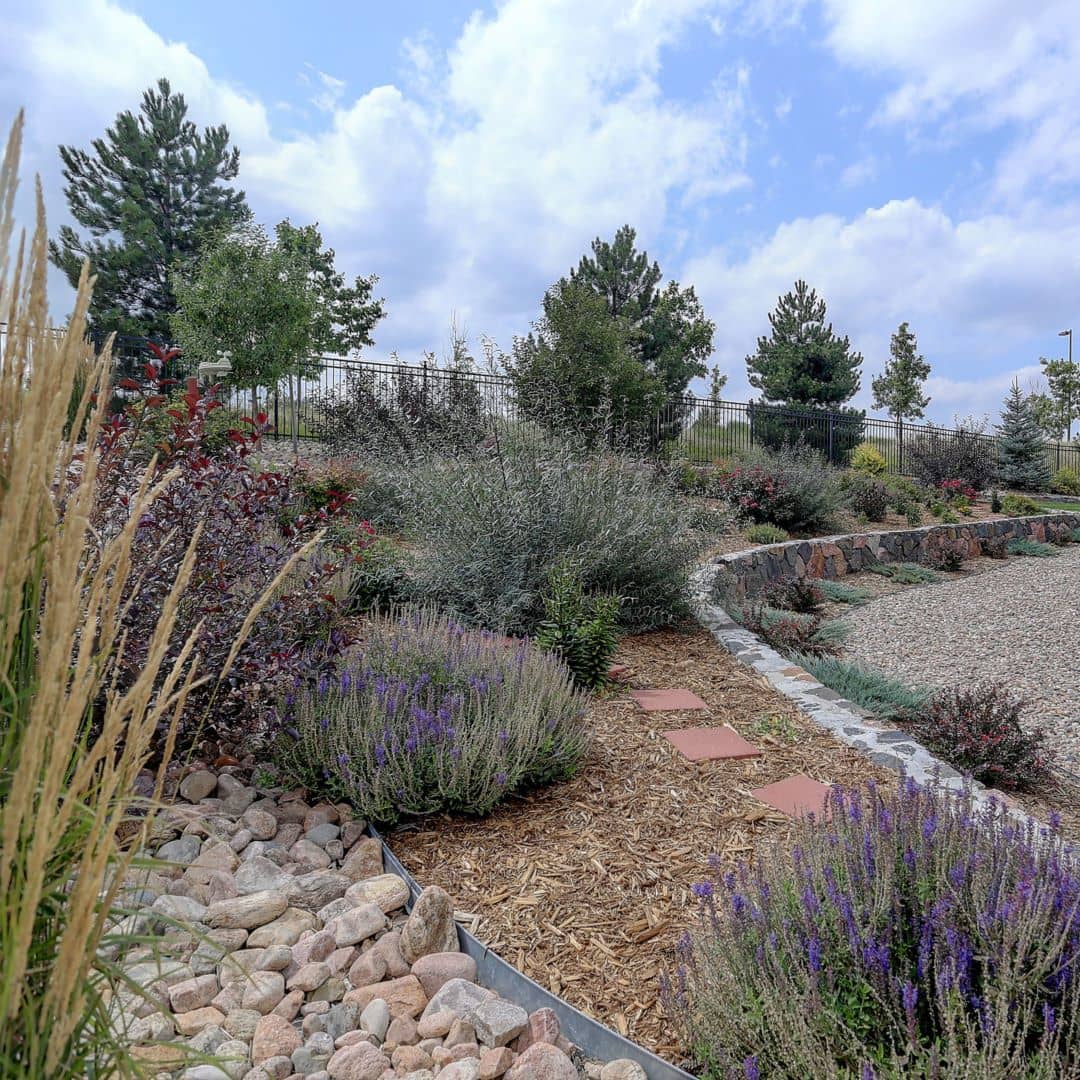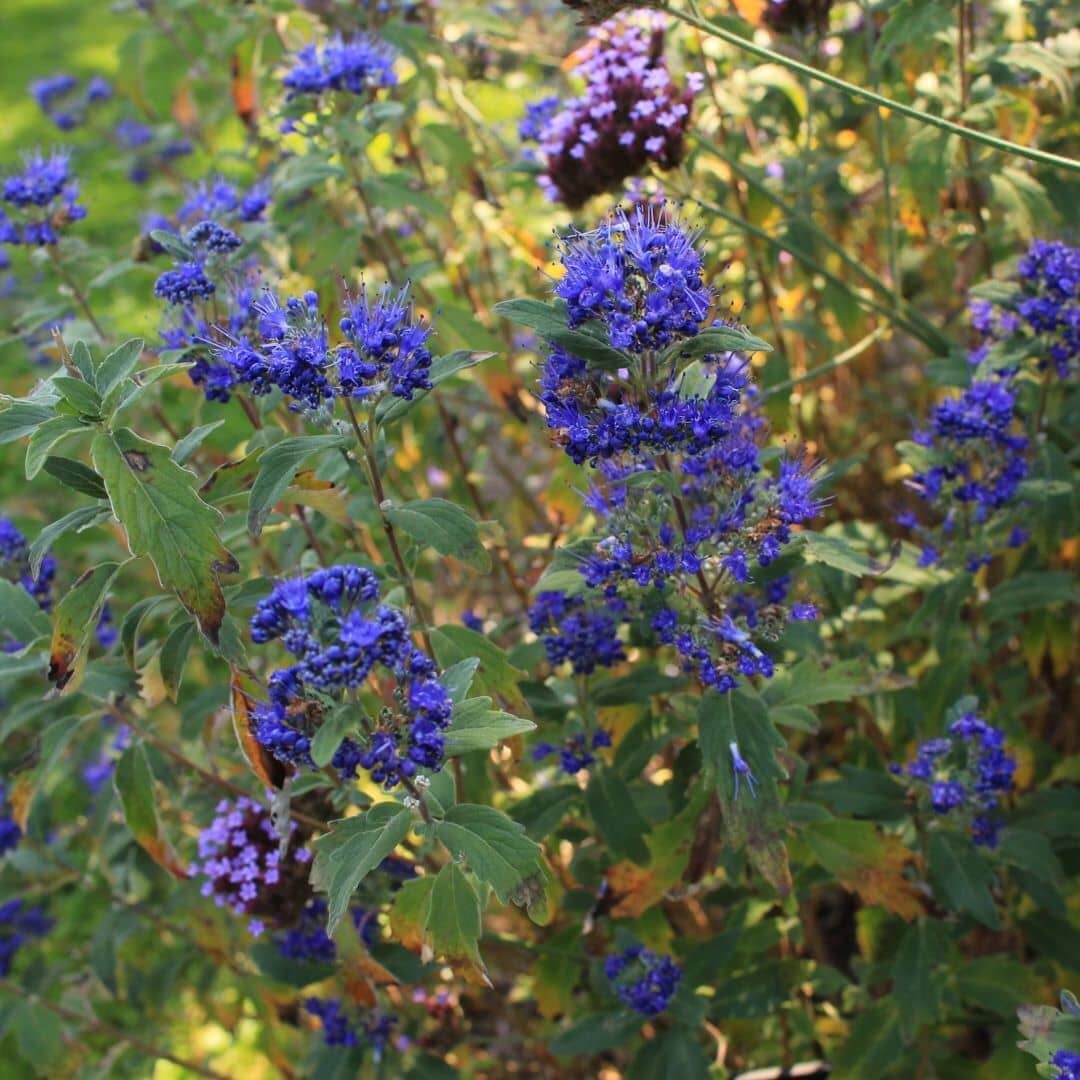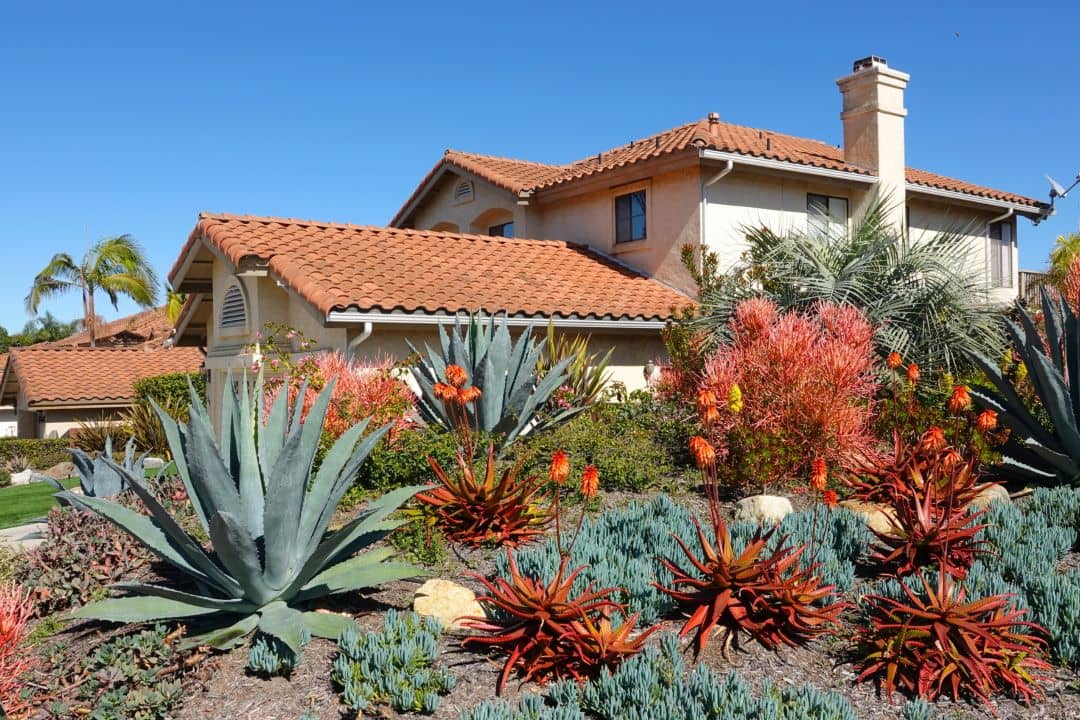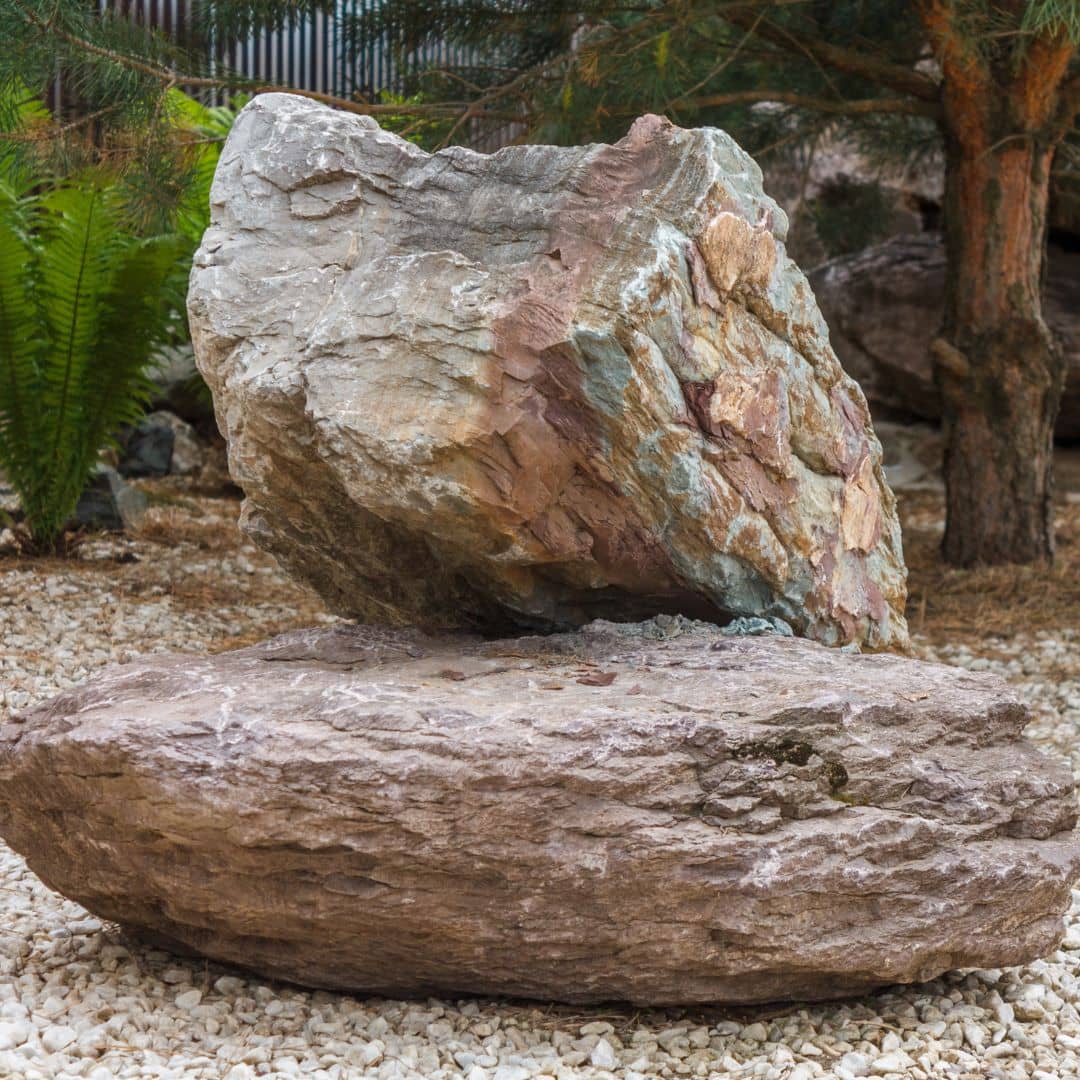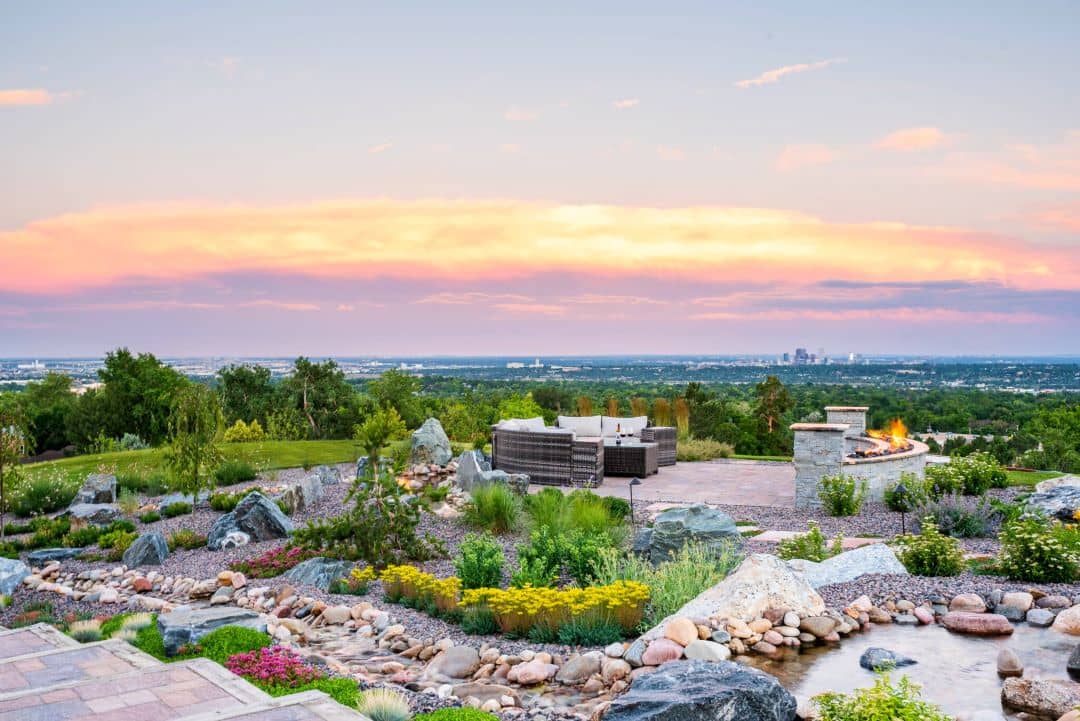
Your Complete Guide to Colorado Xeriscaping
Do you want an outdoor living space that’s beautiful, low-maintenance, and environmentally conscious? Then xeriscaping could be the perfect choice for you! Xeriscaping—an increasingly popular drought-tolerant landscaping method—combines both water conservation and landscaping design principles to create a gorgeous outdoor living area. Not only is it great for the environment, but it also requires minimal care due to its drought-tolerant plants and can even save you money on your water bill. Whether you’re looking for something simple or more complex, read below to learn more about how xeriscaping could work in your backyard oasis!
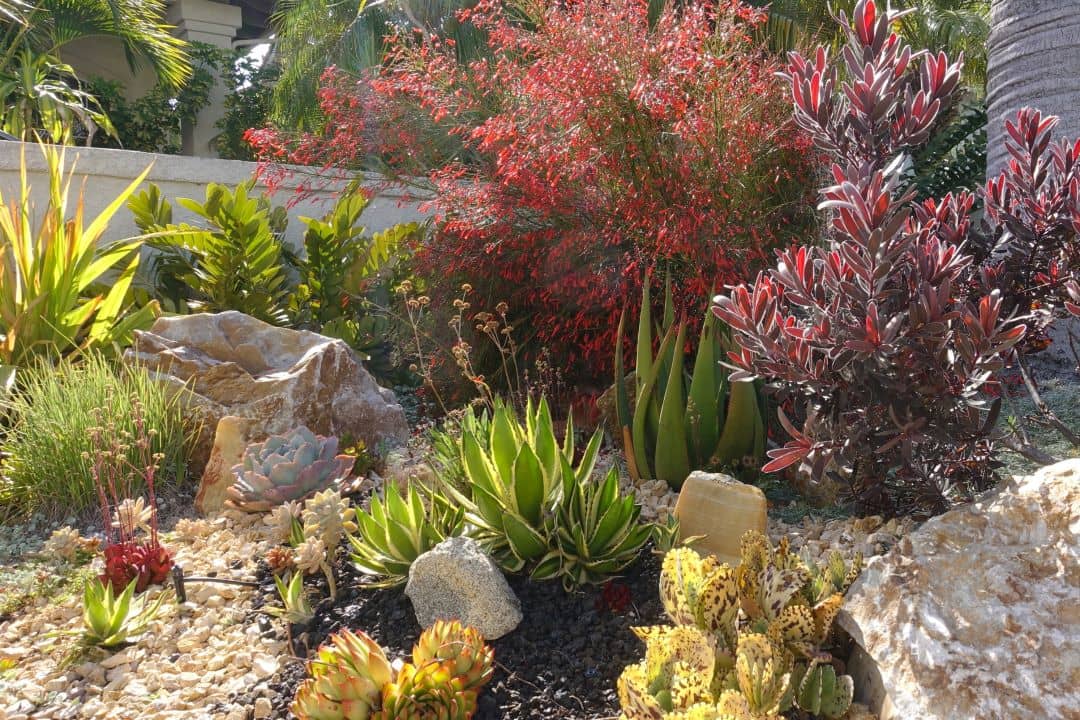
What Is Xeriscaping?
Xeriscaping comes from the Greek word “xeros,” meaning dry, and is a landscaping technique that benefits both the environment and your wallet. By planting drought-tolerant plants and using water-conserving practices, xeriscaping reduces your water bill and conserves precious resources. In addition to saving money, xeriscaping requires less maintenance than traditional landscaping. It is important to note that xeriscaping does not mean sacrificing beauty; plenty of attractive plants thrive in this gardening style (but more on that later). So not only are you doing your part to protect the planet, but you’re also creating a sustainable, low-maintenance garden that will continue to impress year after year.
Planning Your Xeriscaping
Planning a landscaping design project can be a daunting task, but it is crucial to ensure its success. When it comes to xeriscape landscape projects, several key elements need to be taken into consideration. First and foremost, one must determine the project scope, which includes understanding water zones, replacing a lawn, and incorporating the proper irrigation system. Additionally, ongoing maintenance is essential to maintain the beauty and functionality of the landscape. By carefully assessing each component and taking the time to plan, a successful Xeriscape project can flourish, benefiting both the environment and the homeowner.
Xeriscaping Design Principles
- Understand your climate. Research your local environment to understand your climate so you can determine the best way to set up a xeriscape garden.
- Incorporate gravel pathways. Not only does this add interest, but it also helps reduce water usage. Gravel pathways also create a permeable surface to assist with water runoff.
- Utilize mulch. Adding mulch helps retain moisture, suppresses weeds, provides rich nutrients for plants, and softens how the property feels and looks.
- Create zones of use. Design areas for different purposes, such as seating, entertainment, or relaxation.
- Plant trees strategically. Trees can provide many benefits; they provide shade and privacy while improving air quality and reducing energy costs.
Bonus Tip: Think about Lighting! Incorporating smart lighting or other landscape lighting is a surefire way to dazzle your neighbors.
Best Plants for Colorado Xeriscape
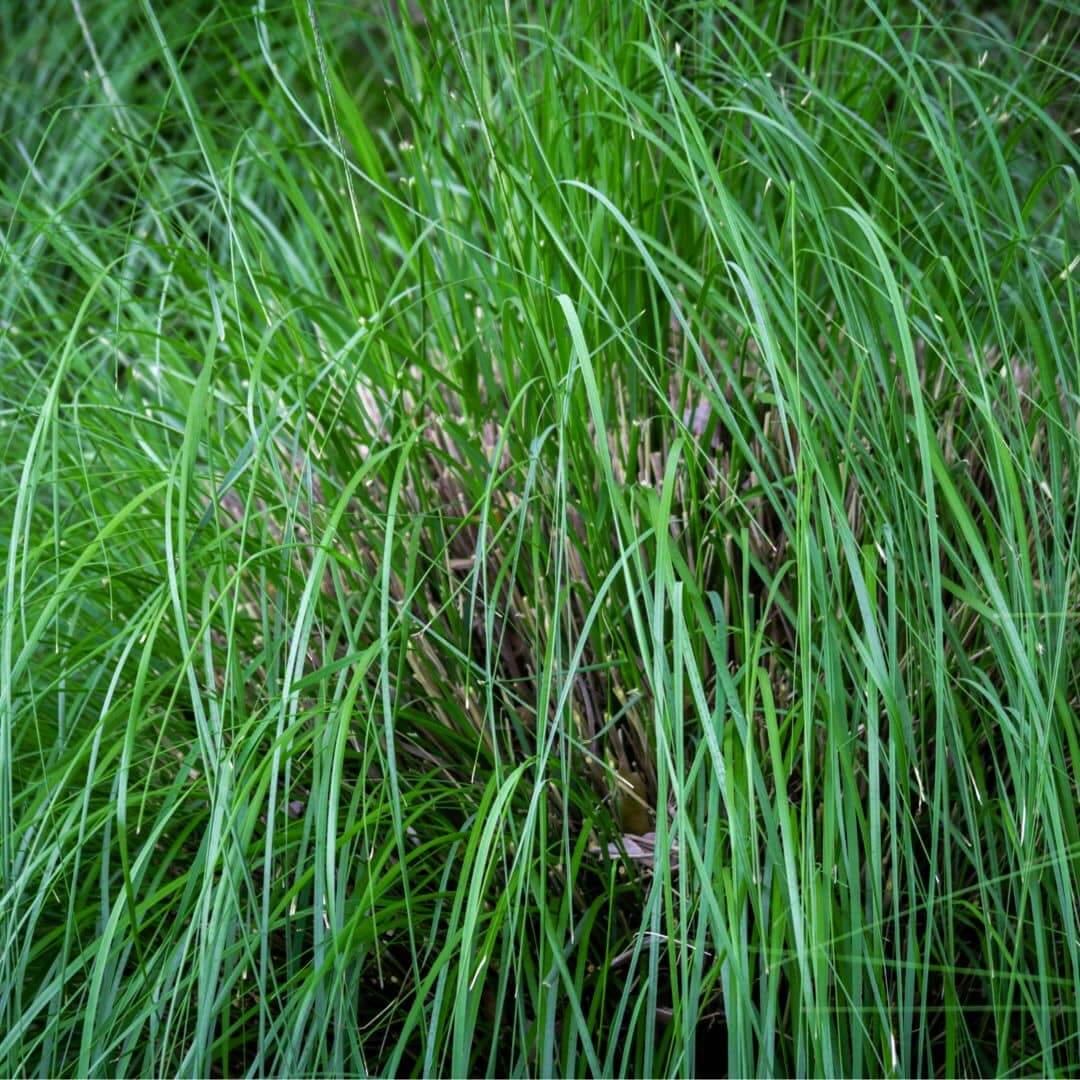
Native Grasses
Colorado native grasses have adapted to the dry, arid climate, making them ideal for xeriscaping. These ornamental grasses also require less water and maintenance than non-native options. For example, Blue Grama grass is a popular choice due to its drought tolerance and attractive seed heads. Little Bluestem and Prairie Dropseed are also great options for their long-lasting beauty and low maintenance. Incorporating native grasses into a xeriscaped yard adds to its beauty and helps preserve Colorado’s unique ecology. Another great example is the new Avalanch Feather Reed variation, a cold-season grass.
Drought-Tolerant Plants
These perennials and annual flowers can survive with less water, making them well-suited to Colorado’s arid climate. Some popular drought-tolerant plants in Colorado include Potentilla, Blue Mist Spirea, and Chocolate Flower. You can create a beautiful and sustainable garden that will thrive in Colorado’s unique environment by choosing these water-wise plants.
Cacti
Incorporating cacti into your design is not only practical but also visually stunning. With its dry climate, Colorado’s environment is perfect for these low-maintenance plants. Cacti come in various shapes and sizes, adding dimension and texture to any garden. In addition, their vibrant blooms offer a pop of color against the natural backdrop of the state’s mountainous terrain. Plus, with the added benefit of conserving water in a region susceptible to droughts, using cacti in your xeriscaping could be considered a no-brainer.
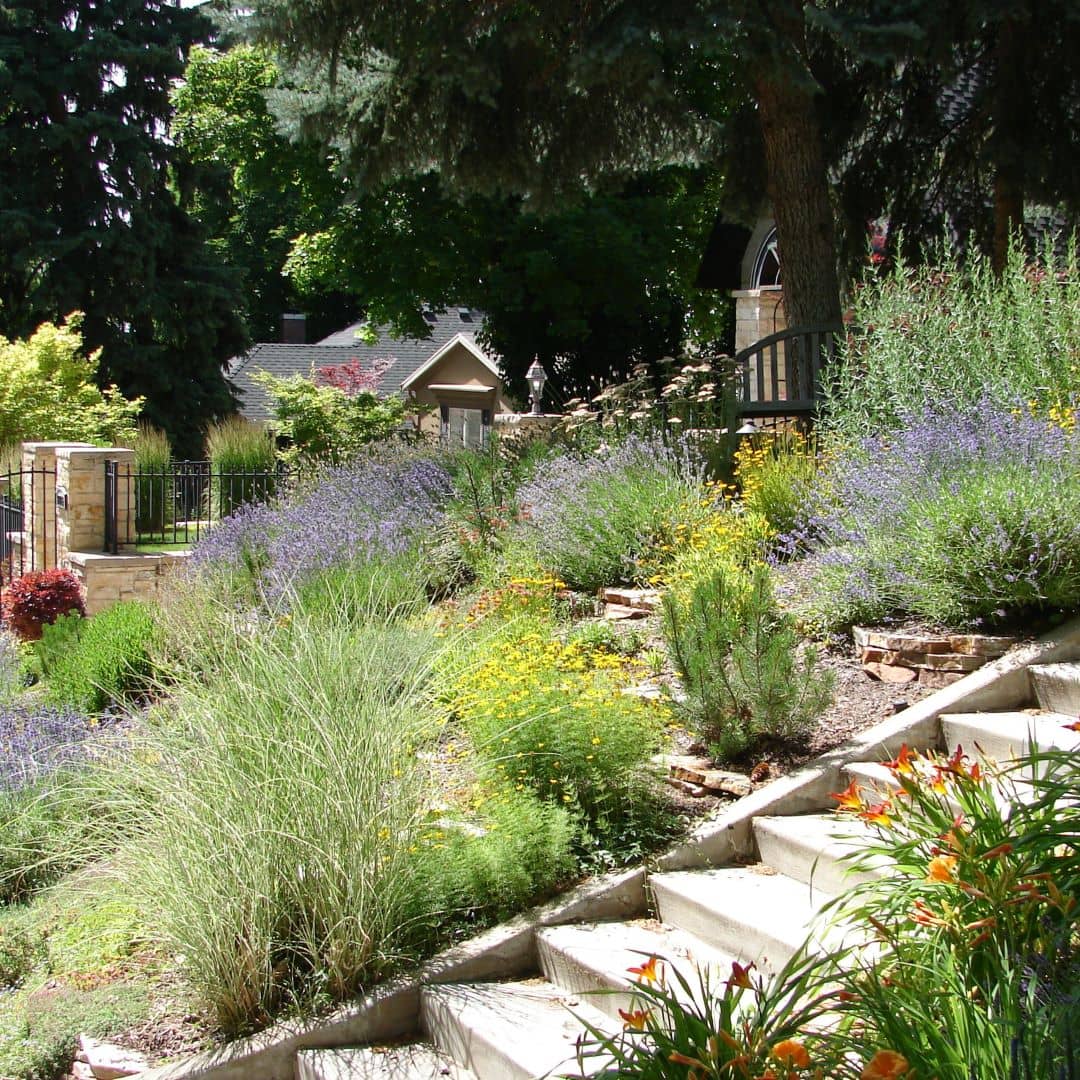
Bushes
One of the key design elements of xeriscaping is the careful use of bushes and shrubs that can thrive in arid conditions. These plants add visual interest to the landscape, provide essential shade, and help prevent erosion. With many varieties to choose from, including the resilient evergreen juniper, the unique-looking globe mallow, and the colorful Rocky Mountain Penstemon, Colorado homeowners have plenty of options to create a stunning xeriscape that complements the natural beauty of their surroundings.
No plants at all!
Really think about the impact and cost associated with every piece of soft scape and consider hardscapes. A large boulder or sculpture may be a better substitution.
Maintenance
Xeriscaping can be a great way to save water and reduce your maintenance costs while maintaining a beautiful garden. In order to ensure that your xeriscape remains healthy and lush, regular maintenance is essential. Some maintenance tasks you should consider include watering deeply and infrequently, mulching to retain moisture, trimming, and pruning regularly, and fertilizing with slow-release, nitrogen-rich fertilizer. As for costs, xeriscapes can save you money on water bills and maintenance in the long run and can increase your property value. Before installing a xeriscape, consider your budget, any upfront costs or expenses, and the long-term benefits to determine your best course of action.
Xeriscaping is becoming a popular alternative for property owners in Colorado. With water shortages and an increasing population, the state could benefit from yards and gardens that use less water. Although traditional landscapes are beautiful, a shifted focus towards xeriscaping could help to decrease wasted water and conserve resources through smarter landscaping techniques. Additionally, many of the plants found in xeric landscapes are native to Colorado and can help improve local biodiversity. Any property owner considering an eco-friendly upgrade should look into the benefits of xeriscaping, both for their own lifestyle and the Colorado environment. There are plenty of opportunities to get creative with hardscapes, softscapes, trees, grasses, and other hardy flora. By looking into xeriscaping options, homeowners can find ways to create stunning outdoor areas without having to worry about wasting precious resources or contributing additional environmental stressors.
At Environmental Designs, let us work with you to develop an outdoor space that is efficient, stunning, and low-maintenance – all you have to do is take the first step! Contact us today for a free consultation.


